Seed saving might sound like a difficult thing to do, but it’s really not. Plants make seeds, whether we harvest them – or even notice them – or not. It’s just a plant thing to do.
So it’s no great stretch to imagine yourself plucking those seeds and putting them into a jar, is it? If you know how to grow vegetables, you know how to grow vegetable seeds.
A large portion of being resilient is growing your own food. But if you are dependent on seed companies for ordering seeds each year, your food resilience score just went down a smidge.
A much more logical way to get your seeds is to save them from the previous year’s crops. Now, while it’s not always possible to grow enough of a crop to save seed from, you can still work on your seed saving skills, and can definitely supplement your seed habit with homegrown seeds.
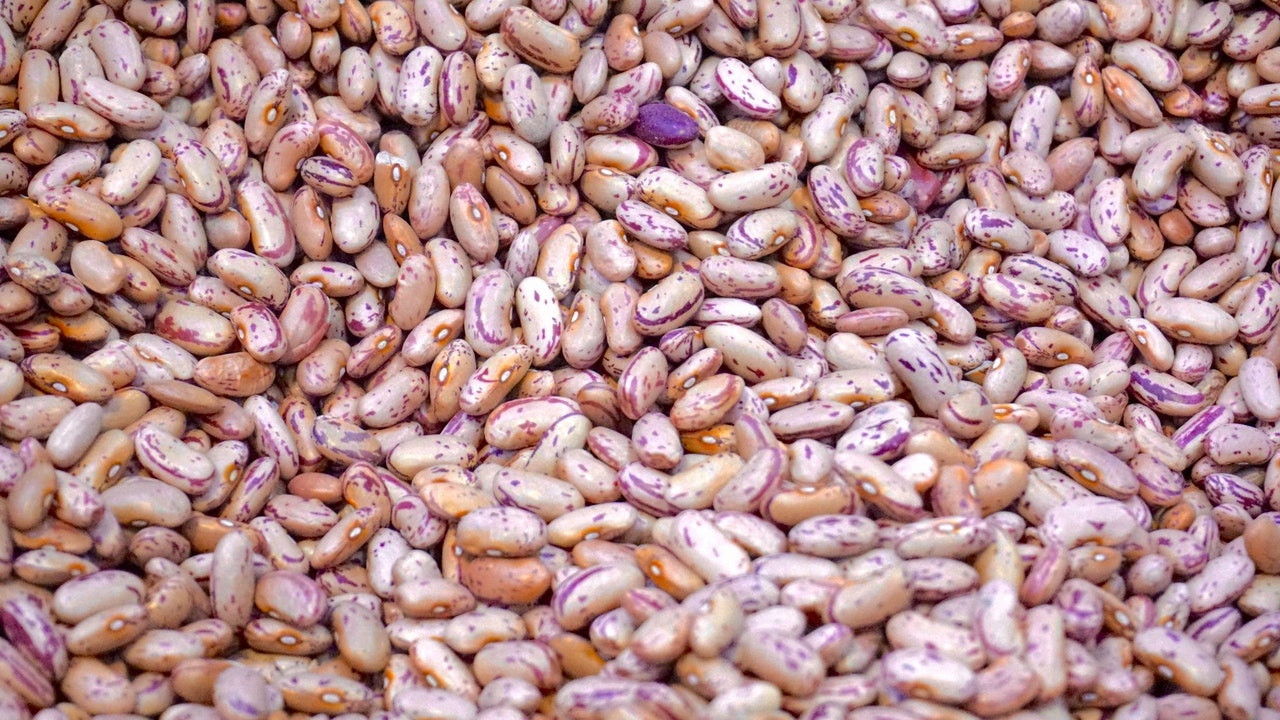
Why it is important to save seeds
Seed saving is more important now than it ever was. Ancient varieties are being lost, and Big-Ag is trying to take over the seed industry – now that they have effectually ruined our prime agricultural land, and poisoned us, our soil, and our water, of course.
If you have any interest in current affairs, you’ll know that there is a big bad wolf named Monsanto who has been wreaking havoc in the seed and agriculture industry over the last few years.
From GMO to patents, they have really invaded the seed growing industry, and are attempting to make people buy ONLY their seeds. After which they will need to buy their fertilizer, their weed killer, their bug killer, and their fungus killer. And they’re not the only ones.
Let’s just not do that, okay?
I could go on (and on and on) about the evils of Big-Ag . . . but I won’t. Let’s get on with the fun stuff: learning about saving seeds!
I suggest that you purchase your seeds from companies that offer organic, non-gmo seeds – and shop with local seed companies if you can. These will be the safest seeds to purchase, and you’ll support a local business. Nice.
When you purchase your seeds, get Open Pollinated seeds whenever you can. I will explain why, and so much more, in the rest of this article.
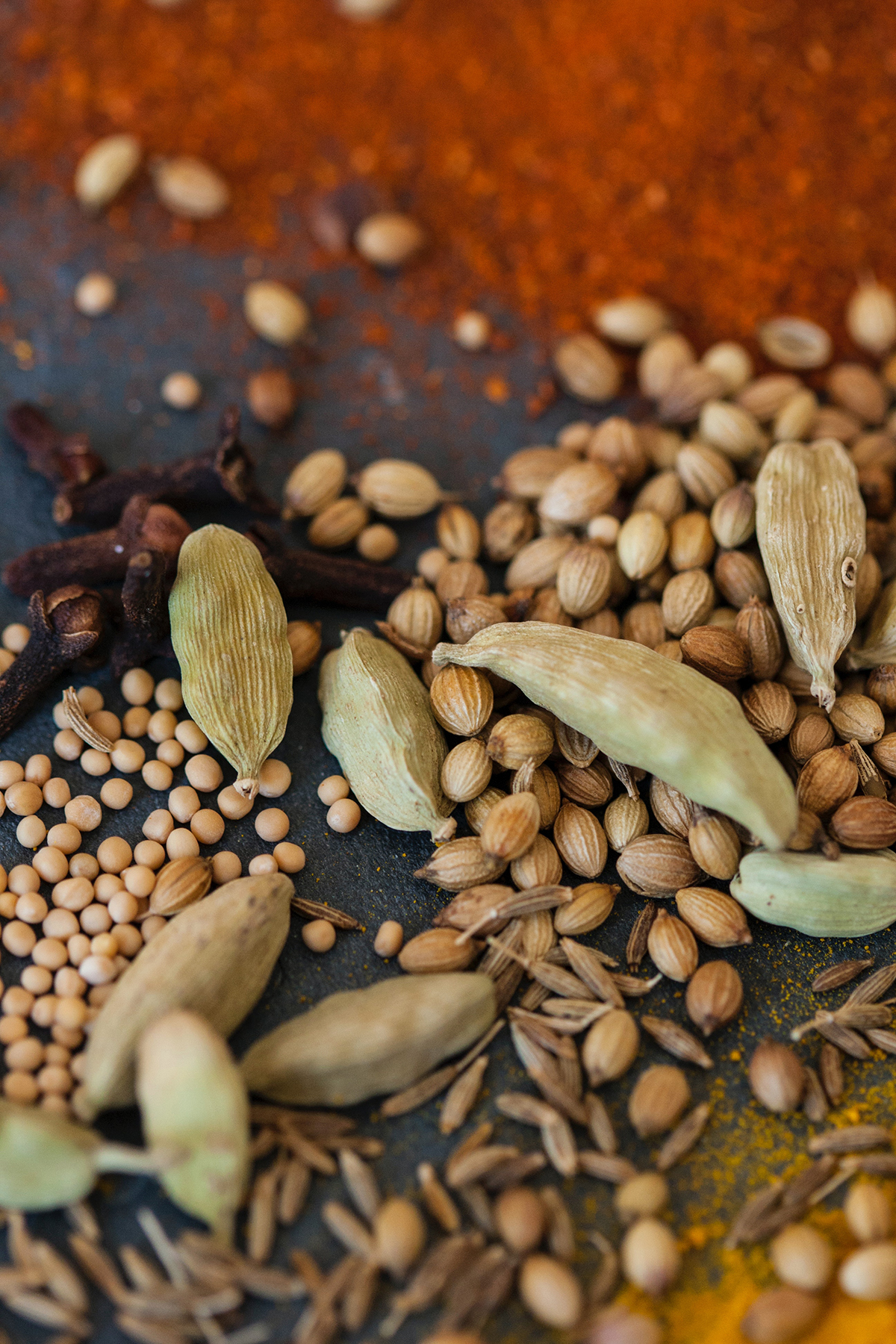
Which seeds are good to save? Hybrid vs Open Pollinated
When you go online, or search through seed catalogs, you will see two types of seeds available: Hybrid (or F1 Hybrid) and Open Pollinated.
If you want to save seeds, you will want to choose Open Pollinated seeds to grow in your garden. Hybrid seeds will not ‘breed true’; meaning, the plants that grow from the seeds saved from a Hybrid will be a wonky mix of things that don’t resemble the parent plant.
Hybrid seeds
Hybrid seeds have two different parents. They are a cross between two varieties that have proven to produce a hybrid variety that has qualities that growers are looking for.
Usually, this refers to commercial growers or market gardeners. Rarely are they designed for the home gardener. These qualities include, but are not limited to:
- Quick growing
- Larger produce
- Uniform size
- Uniform harvest time
- Shelf stable (they last longer on the shelf)
- Color
- Taste (this generally comes last)
As home gardeners, most of that stuff isn’t really what we want. For myself, I am going for taste first and foremost.
Also, the last thing I want is for my broccoli, carrots and other summer annuals to become ripe all at the same time! I want it staggered so I can pick from the garden over a longer harvest window.
That being said, there are exceptions. It’s good for some fall vegetables to come ripe all at the same time, such as storage onions, carrots, rutabagas and potatoes.
For a home garden, uniformity in size really doesn’t matter. And who cares about the color? We want healthy, nutrient rich food that tastes good.
When you save the seeds from a Hybrid, and plant them next year, you never know what you’re going to get. But one thing is for sure: you’re not going to get plants that are the same as last year’s plants.
What you will get is a mix of the parent plants, and any other plants that were involved in making the Hybrid that you grew last year. And some of those plants might not be tasty at all.
There is a long complicated reason for all of that, which I won’t bore you with right now. (I’ll post a great resource book at the end of this article.) Suffice to say that, while it is possible to save seeds from a Hybrid, you will not get the results you expected.
Open Pollinated seeds
Open Pollinated seeds come from parents that are the same. They are not crossed with other varieties. You can save seeds from an Open Pollinated plant, grow them next year, and get the same plants that you grew the year before (with possibly the occasional rogue plant or mutation. It happens in gardening.)
Some Open Pollinated plants are self-fertile, meaning the flowers generally have both male and female parts, and they fertilize themselves. Examples of these are peas, beans, and tomatoes.
Other Open Pollinated plants need to have a large gene pool, so that they can keep producing healthy, vigorous plants. One of these plants is corn. This is another long drawn-out discussion, which is also addressed in the book I will suggest at the end of the article.
The moral of this story is: if you want to save your own seeds, purchase Open Pollinated seeds, and then save the seeds from the plants grown from them.

How to harvest garden vegetable seeds
Harvesting vegetable seeds really isn’t difficult. At the end of their season, most plants will produce flowers, and then those flowers will produce seeds of one kind or another.
Not all plants present their seeds the same way. Things like dill and cilantro make seeds at the top of the plant, right out there for anyone to see. Peas and beans put their seeds into convenient little packages called pods. And tomatoes and squash hide their seeds inside the fruits they produce.
As you can see, there will be different strategies involved in saving the seed from each plant.
For plants where you can see the seed right there at the top of the plant, all you need to do is wait for it to dry, and harvest it. Sometimes it’s best to put a paper bag over the top of the plant after the seeds are dry, so you don’t lose any when you cut the plant down.
And sometimes the seeds are almost dry, but you know a rain is coming. It’s okay to put paper bags over the seeds, cut the plants, and hang them upside down somewhere to finish drying. Then you can just shake the seeds into the bag.

With peas and beans, you want to let the pods remain on the plants as long as possible as they dry. But again, if wet weather is coming, you can cut the plants and hang them up to dry.
Then all you have to do is pluck the pods off the plants, shuck the seeds out of the shells, and leave the seeds to dry even more. You want to make sure they are super dry, so they don’t mold in storage.
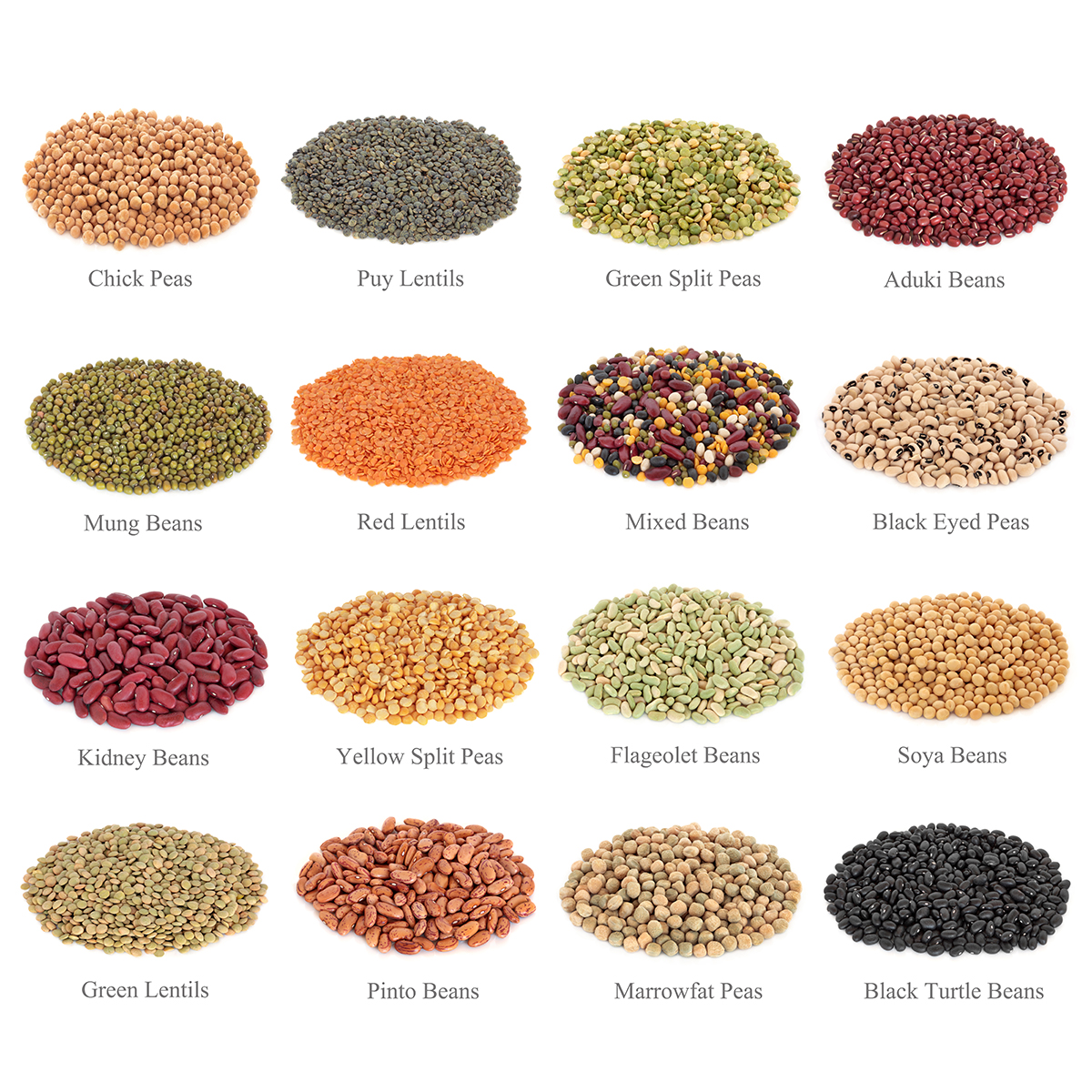
For things like tomatoes, squash, melons, and cucumbers, you will want to do things a little differently. First, let the fruit that you want to save seed from remain on the plant until it is super ripe – maybe a little over ripe – before you pick it. We want to let those seeds soak up all of the plant energy they can.
For tomatoes, I squish the seeds out into a container, like a glass jar, and fill it with water. Leave it to sit for a few days, until it starts to get a little bubbly. It is actually fermenting, which is what you want. You can do the same with squash, melon, and cucumber seeds by scooping them out and putting them in a jar of water.

Seeds that are encased in fruits like squash and tomatoes have a coating on them that inhibits them from sprouting in their wet environment. When we ferment the seeds for a couple of days, that coating comes off.
Once the seeds have fermented, rinse them with clean water and get rid of any mushy stuff. Then you can lay the seeds out on a glass or ceramic dish, and let them dry.
Some people say to lay them out on paper towel, but that’s just a pain in the butt when you want to get them off the towel and into their storage container. They tend to go pinging off in every direction. Just put them on a plate or something, and give them a stir every once in a while.
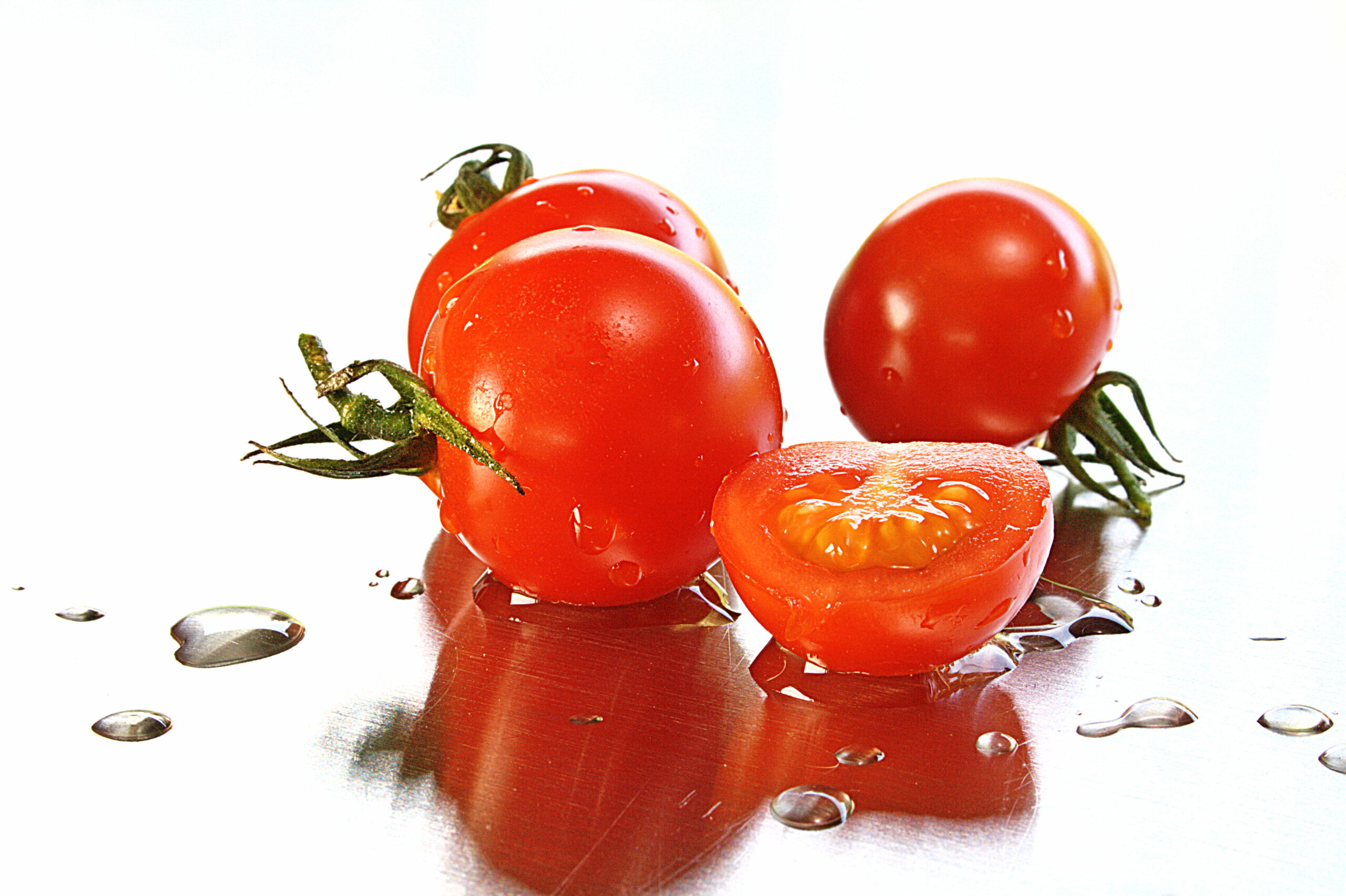
How to store vegetable seeds
Storing seeds is as easy as growing and harvesting them. Make sure they’re dry, put them in an airtight container like a glass jar, and store them in a cool, dry place.
Small seeds like tomato or tiny mustard seeds dry quite quickly. But larger ones such as beans and squash will take a little longer; especially if you are just air drying them. Using a dehydrator will get the job done faster. If you have a solar dehydrator, even better! But an electric one does the job.
There are a couple of ways to tell if large seeds are dry enough for storage. For beans, take one of the seeds and put it on a hard surface, such as a rock or cement, and hit it with a hammer. If the hammer just mashes it, the seeds aren’t dry enough. If the seed shatters, they are dry enough.
For squash, the seeds should snap when you bend them. If they just bend but don’t snap, they are not dry enough.
Once your seeds are all dry, you really want to keep them that way. Cool, dry storage is pretty important. A cool basement or garage, or a spare fridge will do.
That said, I have stored seeds in all kinds of unlikely places, and have found that as long as they stay dry and relatively cool, they store pretty well. Oh, and glass is good, because mice REALLY love to find a handy stash of seeds stored in plastic or paper. It’s like an All Day Buffet!
You can put seeds in the freezer; but make absolutely sure they are dry. Freezing really extends the life of the seeds.
So if you have a large stash, and will only be using some of them for the garden each year, I think freezing them is the safest way to keep them viable over an extended period of time.
You can also get some mylar bags to extend the shelf life of your seeds. If you’re not going to be using them all in one season, these can be a good idea.
But anything that you have that will keep a tight seal will work fine. Just remember to store them in a cool, dark place.
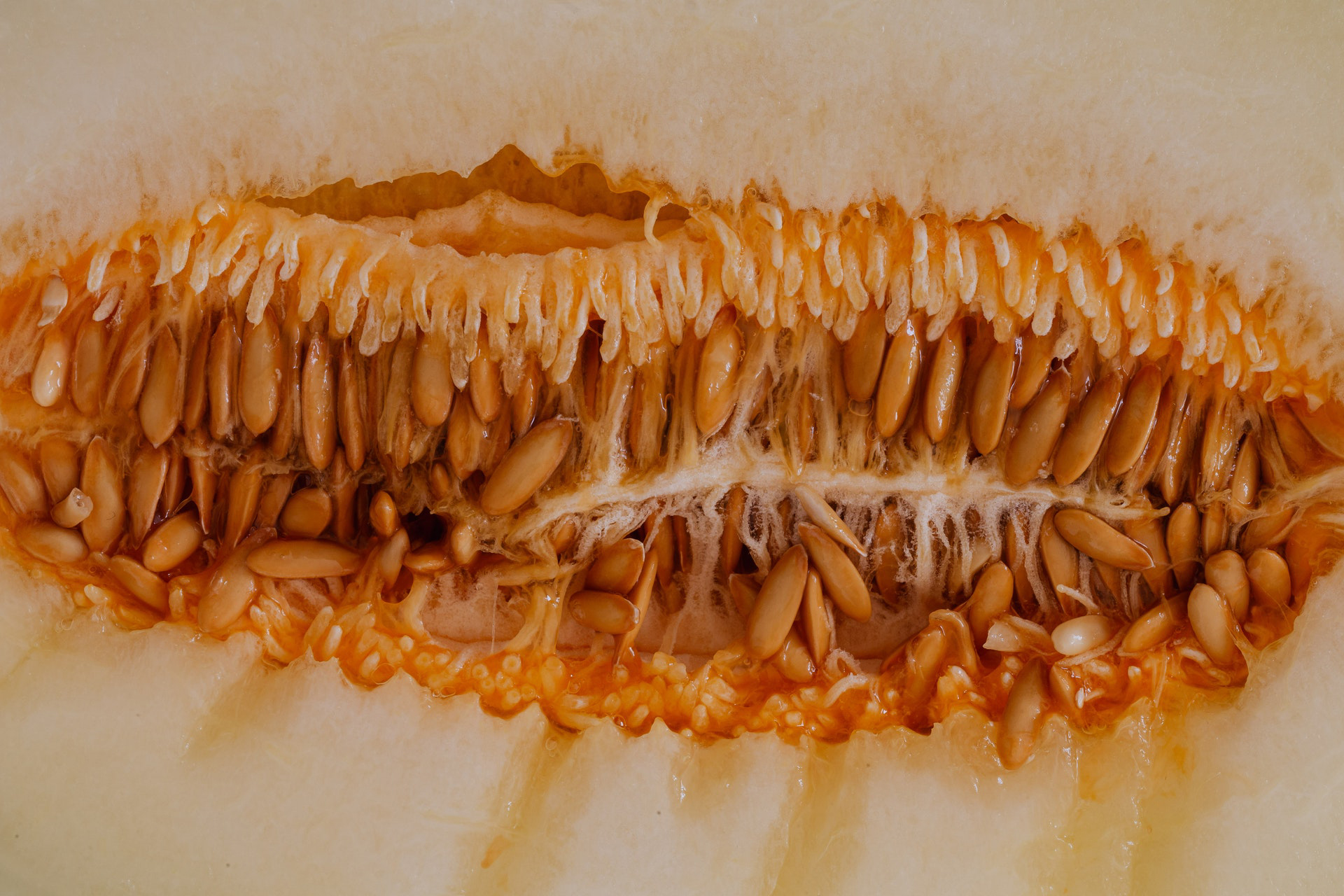
And that’s it!
Just kidding. There are all kinds of details and nuances that accompany each type of seed. For instance, some seeds are SUPER tiny, so you’ll have to work out the best way to harvest them so you don’t lose them.
And some seeds, such as peas, can be infested with little bugs that will eat them while they are in storage; so it’s best to freeze them for a while to kill the bugs.
And some plants will cross pollinate with other plants, so you have to make sure there is enough distance between different varieties, or you’ll get some strange brews.
But you’ll find all of that information and more in the books I’m going to suggest. One of them, by Carol Deppe, I have suggested in other articles. Her books are just wonderful, and packed with so much information that I’ve read them over and over, and still find new things that I’d forgotten.
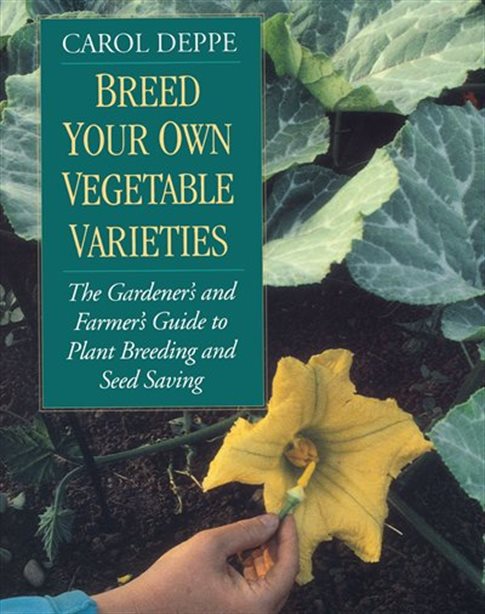
Breed Your Own Vegetable Varieties, by Carol Deppe is PACKED with excellent information about how plants breed, and how to get the most out of your homegrown vegetable seeds. It’s brilliant. As is her other book, The Resilient Gardener: Food Production and Self-Reliance in Uncertain Times. Very apt title, given our present circumstances, don’t you think? It’s just fantastic.
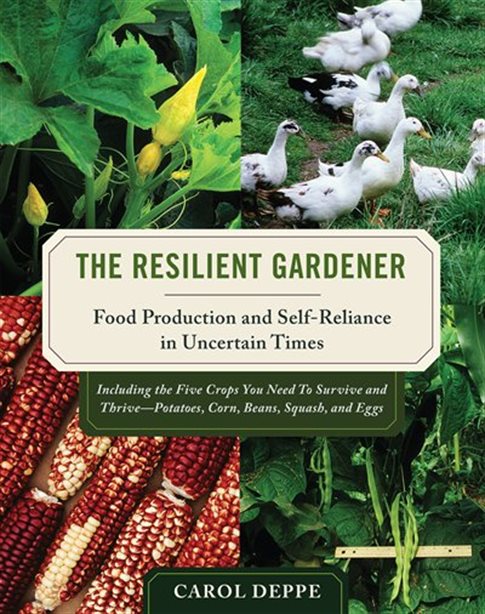
The other book I’d like to suggest is the go-to book for many a professional and amateur seed saver. Seed to Seed: Seed Saving and Growing Techniques for Vegetable Gardeners, by Suzanne Ashworth.
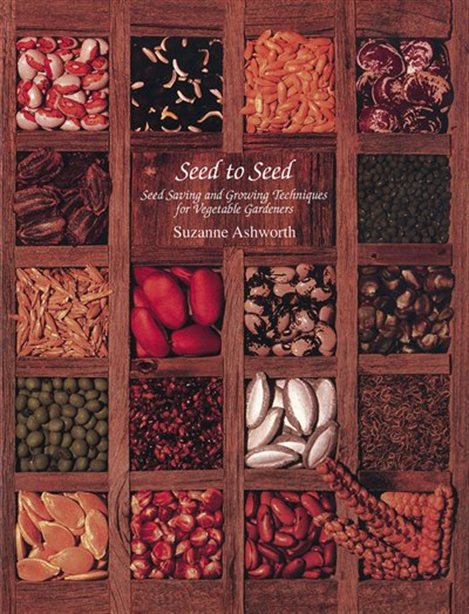
If there is anything to be known about seed saving, it’s in this book. Lots of information about spacing and timing and so much more. A must-read for anyone who is serious about learning to save seeds on a larger scale.
Now you can be a seed saver
So how do you feel about saving vegetable seeds – do you think you’re ready? Just remember what I said: plants make seeds. It’s what they do. If you know how to grow a vegetable garden, you know how to grow vegetable seeds. So basically all we need to learn is how to gather them and store them.
Please drop me a comment below, and let me know if you have any questions, or suggestions for fellow seed savers. I’ll always answer your inquiries, and try to help you in your gardening adventures. : )
Health, Hope & Happiness
Tracy
This article may contain affiliate links. If you click on a link and make a purchase, I will receive a small commission, at no extra cost to you. See the full Affiliate Disclosure here.
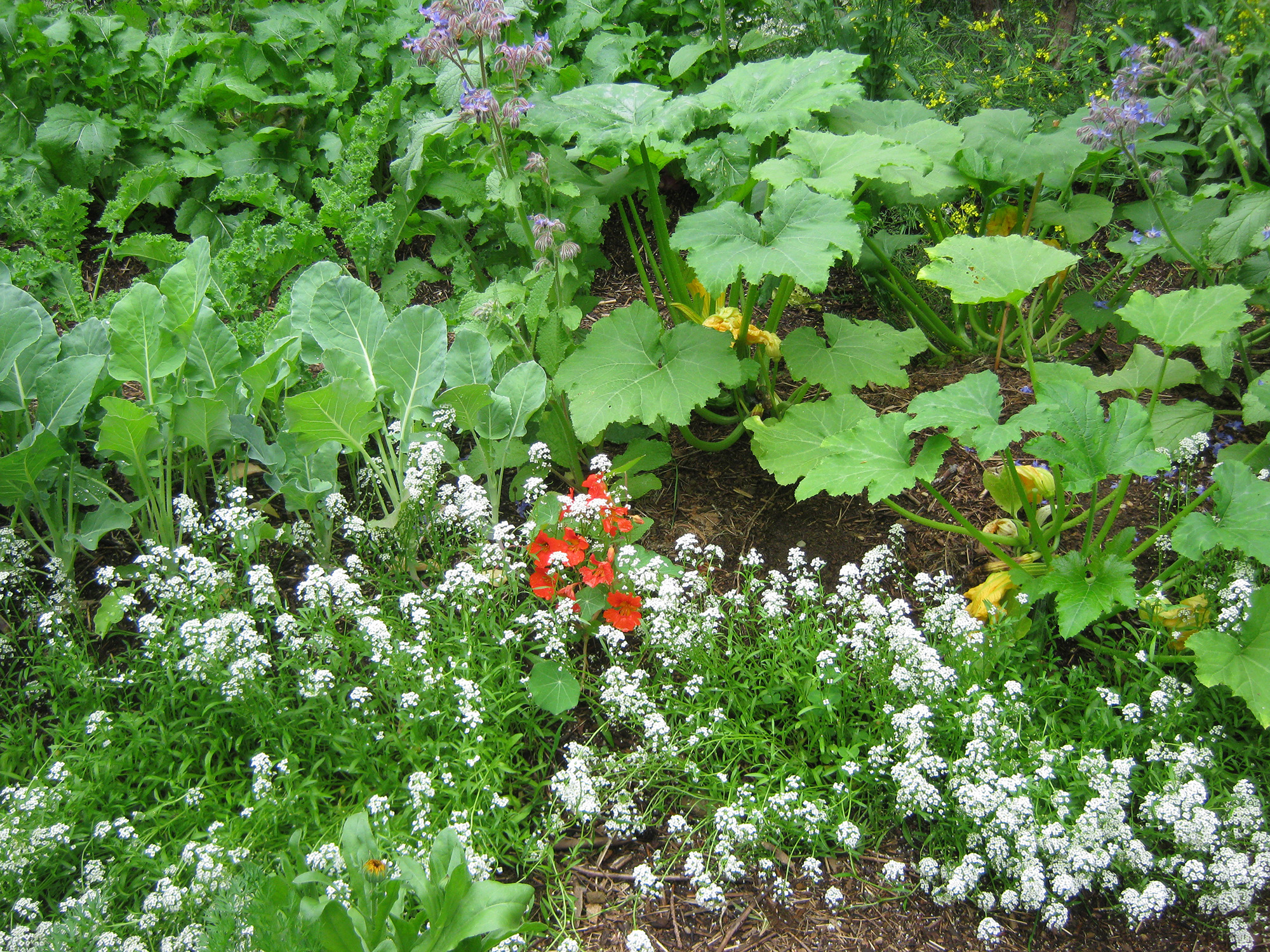
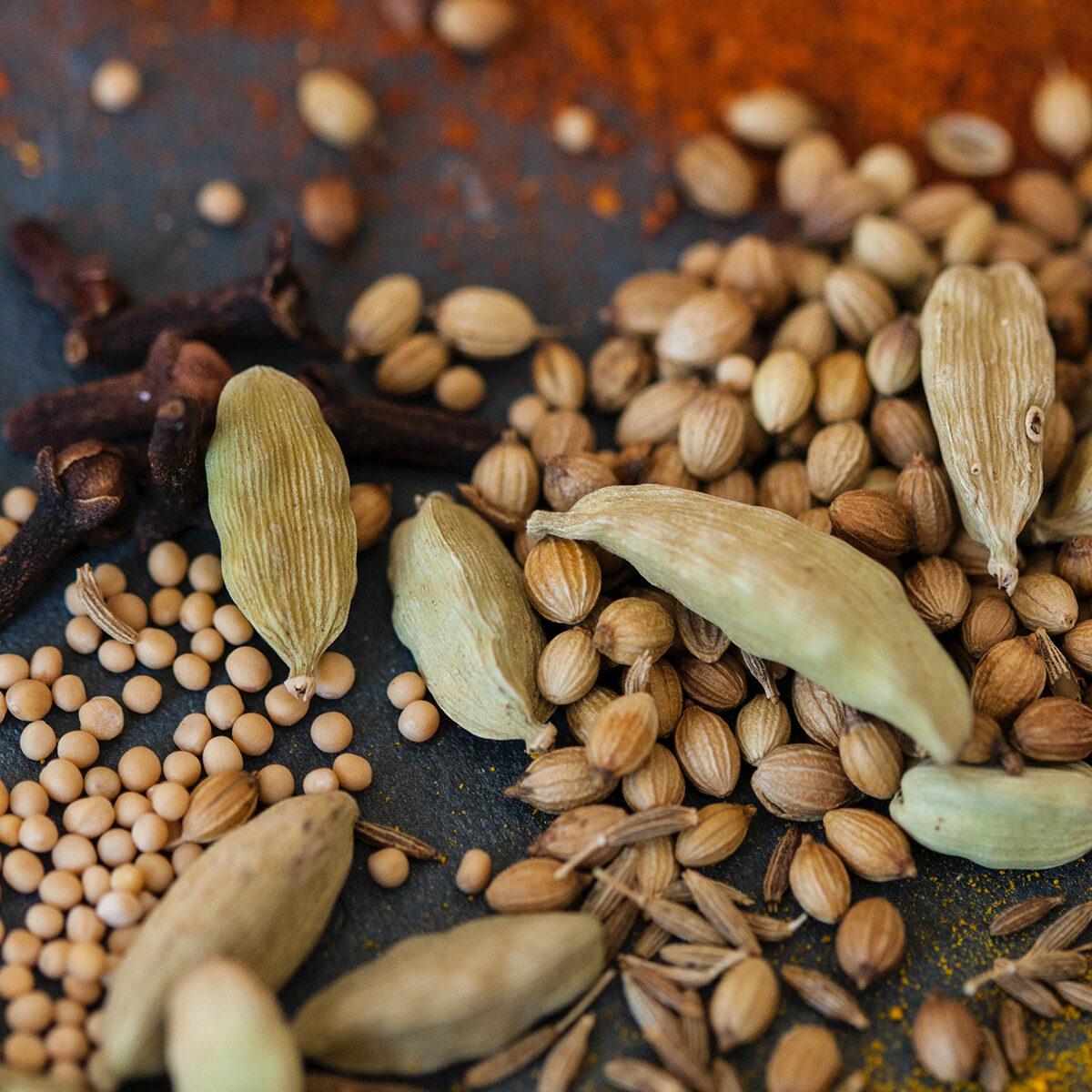
Hey,
I have never thought about saving vegetable seeds but this is actually a perfect idea. There are a few places around my area to buy seeds but unfortunately they are all closed due to this pandemic. But rest assured I will be buying some as soon as possible! Your list of what to get and what not to get is very helpful. Thanks, I will let you know my experience 🙂
Seed saving has become an extremely important part of gardening. I hope you get into the gardening groove, and learn how to take care of at least some of your food needs. It’s important.
And I would love it if you let me know how you’re doing with it all! That would be so great.
Cheers
Tracy
Hello, Your guide is awesome for me as a farmer. We are also saving seeds from Open Pollinated plant. It helps us to grow same plant as we are growing earlier. I tried Hybrid but their results are different. I was a seed saver but your guide helped me a lot to save more vegetable seeds. Thanks for sharing such lovely guide.
I’m so glad I came across your site as I have just been looking into saving some seeds from some beautiful basil herb plants I have. I agree that with things the way they are at the moment, buying and saving good quality seeds is a necessity.
Your idea about freezing the seeds to deal with pests that might be present, is an excellent on. In fact freezing would have been a good idea with some broccoli I grew one year that was filled with green caterpillars we found when eating it…….
I’ll look out for more of your posts.
Hi Melanie; Thanks for dropping by. I’m glad you got some useful information from the article.
Saving herb seeds is great! They often put out so many seeds that it’s easy to share with others. I hope your seed saving goes well. If you have any questions, pop back and ask. I’m happy to help!
Cheers
Tracy